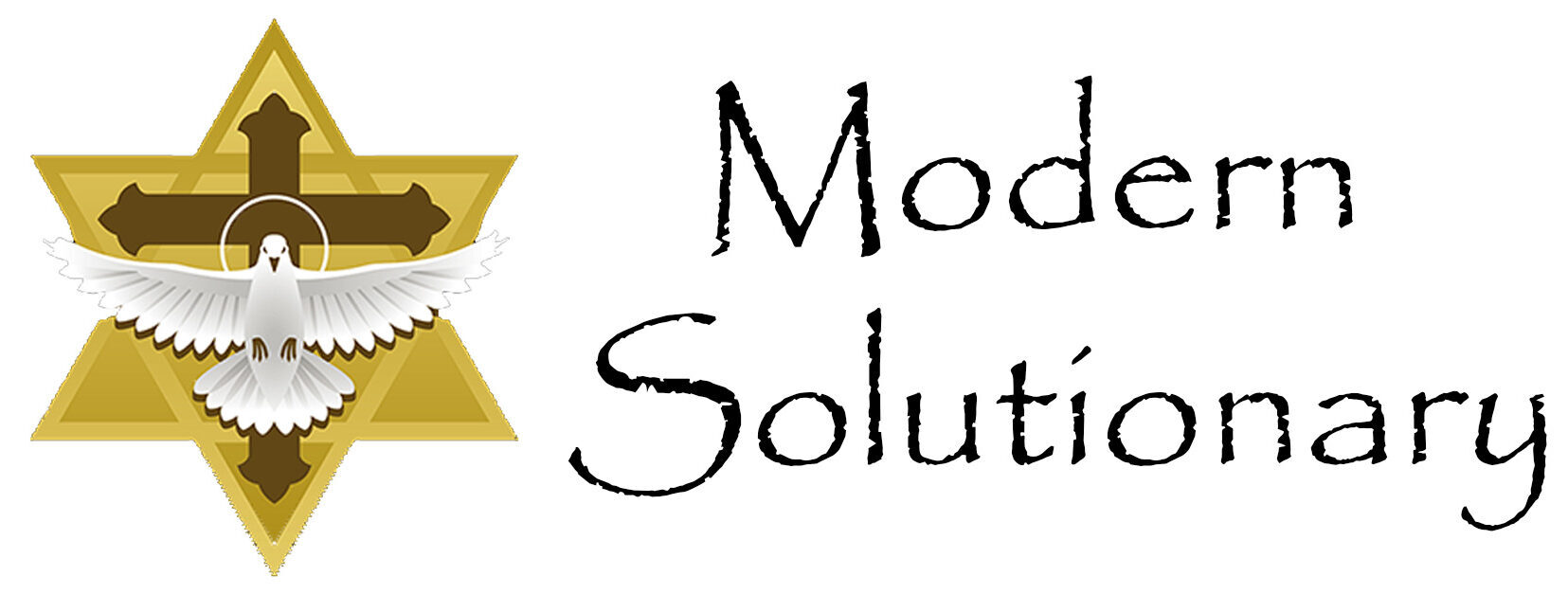
The 1776 Apparition of the Blessed Virgin Mary to George Washington
On the eve of America’s struggle for independence, General George Washington faced the daunting task of uniting a fledgling army against the might of the British Empire. Morale wavered, supplies ran low, and winter loomed ever closer. It was during these dark days, traditionally dated to late 1777, though some oral traditions trace an earlier moment in 1776, that Washington withdrew into a thicket near his encampment to seek divine guidance. There, he experienced a vision that would fortify his heart and inspire a nation.
The Vision in the Thicket
According to an eyewitness account by veteran Anthony Sherman, Washington encountered a radiant woman of singular beauty who identified herself simply as “the Mother of the Poor and Disenfranchised.” She placed her hand upon his shoulder and spoke words of comfort and assurance, reminding him that divine Providence would safeguard the Republic he sought to establish. In that moment of solitude, the general’s weariness melted away, replaced by serenity and steely resolve. The encounter, though unrecorded by Washington himself, echoed in his subsequent actions and decisions throughout the Revolution.
A Prophecy of Three Great Trials
In the vision, the Blessed Virgin imparted a prophetic glimpse of America’s future. She revealed three critical trials the nation would endure: the Revolutionary conflict underway, the devastating internal strife of civil war, and a yet-to-come global upheaval. With each peril, she assured Washington that the flag he carried would rise again, renewed by the sacrifice and faith of those called to defend liberty. This prophecy, passed orally until its publication by Wesley Bradshaw in 1859 and later reprinted in the National Tribune in 1880, became an enduring testament to the young republic’s resilience.
Courage Tempered by Faith
Emerging from the vision, Washington displayed a renewed composure that galvanized officers and troops alike. Witnesses reported seeing his countenance calm and purposeful, his prayers even more fervent. He often withdrew to that same thicket to meditate, drawing strength from the memory of the Virgin’s words. Soldiers spoke of a palpable change in their commander, a leader who bore both the mantle of military strategist and the humility of a man sustained by unseen grace.
Lessons for Today’s Leaders
- Embrace moments of quiet reflection, even amid crisis.
- Seek guidance beyond one’s own strength, acknowledging a higher purpose.
- Remember that adversity can be transformed into a source of collective courage.
These takeaways from Washington’s apparition should remind us that this Nation was founded by God and true leadership blends vision, humility, and hope grounded in His will.
A Legacy of Inspiration through Prayer
The story of the Virgin’s apparition to George Washington transcends mere legend. It offers a powerful metaphor for every individual and community facing seemingly insurmountable odds. Just as the general discovered renewed confidence in that frozen wood line, we too can find solace and direction when we pause to listen for gentle encouragement beyond the clamor of daily life.
Carrying His Vision Forward
As America continues to navigate complex challenges, political, cultural, and environmental, the memory of that 1776 encounter stands as an emblem of unity and perseverance. By recalling the words of the Blessed Mother, we affirm our commitment to principle over peril, service over self, and trust in convictions greater than any single leader or generation.
May this apparition remind us that in moments of uncertainty, compassion and faith can illuminate the path ahead, forging a republic that endures through sacrifice, solidarity, and unwavering hope.
George Washington was baptized into the Church of England (Anglican) and remained formally affiliated with it throughout his life, serving as a vestryman and church warden in colonial Virginia. After independence, the American branch of the Anglican Church reorganized as the Episcopal Church, of which he remained a member until his death.
Mary, under her title of the Immaculate Conception, would solemnly be named Patroness of the United States by the nation’s bishops at the Sixth Provincial Council of Baltimore on May 17, 1846. Their unanimous declaration placed the fledgling republic under her special protection, a decision Blessed Pius IX formally approved the following year, in 1847.
God Bless the United States of America!
If this is my last post, I want all to know there was only one purpose for all that I have written; to have made a positive difference in the lives of others.
Anthony “Tony” Boquet, the author of “The Bloodline of Wisdom, The Awakening of a Modern Solutionary” and “The Passion, Death, and Resurrection of Jesus Christ, A Devotional Timeline”
